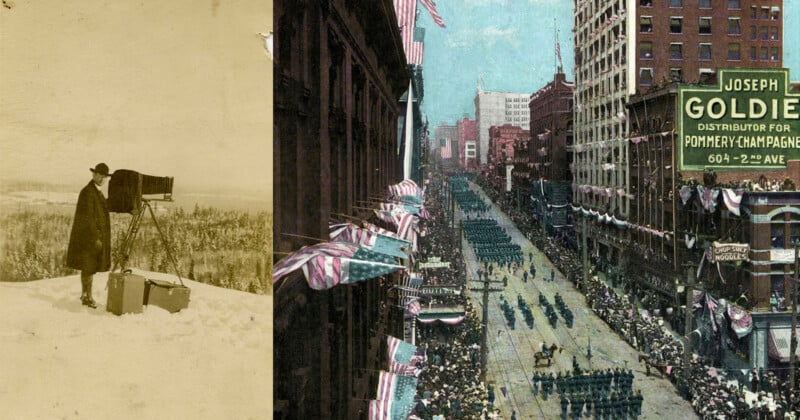
A photographer who was integral to documenting Washington State will have his vast archive preserved and made available to the public thanks to a $25,000 grant.
Asahel Curtis was an active photographer in the Pacific Northwest from the 1880s to 1941 and his collection is described as an “invaluable resource” by the Washington State Historical Society (WSHS).
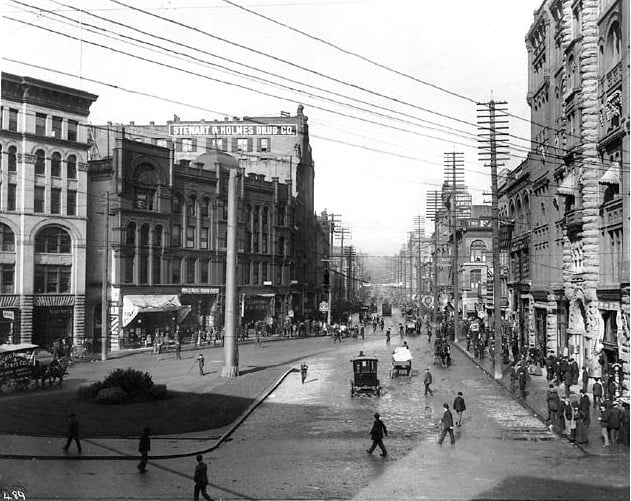
But up until now only 10 percent of his work has been digitzed and made available. Head of collections at the WSHS Margaret Wetherbee says there are 50,000 unknown images lying hidden.
“We really feel like it can’t be that one person goes through a collection and says what’s important anymore,” Wetherbee tells King5.
“That’s not the standard. Our public expects to have free and public access to our materials and the 5,000 images that are currently digitized prior to the project were the work of one person’s view.”
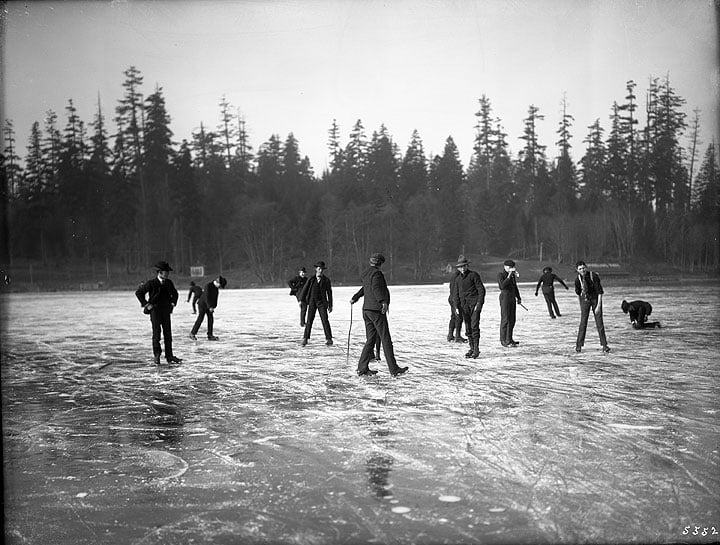
The majority of Curtis’ photos are nitrate negatives and must be stored carefully because they are highly flammable. He shot on glass plates too but since they degrade slower it’s the nitrate negatives that the team is prioritizing.
Curtis’ work is made even more valuable by the photographers’ meticulous record-keeping: handwritten notes informing the viewer exactly where and what they are looking at.
“He didn’t just take a pretty photo of it, he documented it,” says Wetherbee. “He told you which intersection he was at, he told you which direction he was looking. So when we piece all of those photos together we’ll have a very complete image of what it looked like during that time period.”
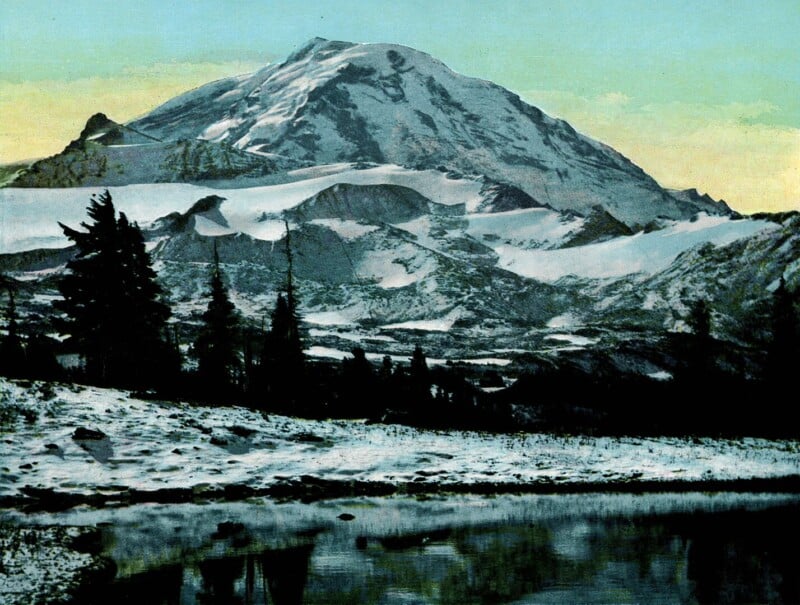
During his time as a commercial photographer, Curtis was paid to capture large events in Seattle as well as churches and irrigation systems. But he also had a huge admiration for Mount Rainier which he photographed regularly and documented mountaineers scaling the natural landmark.
His eclectic work will now be scanned by staff members; Wetherbee estimates that the team will be able to scan around 100 images per day and the project is expected to complete in 12 to 18 months.
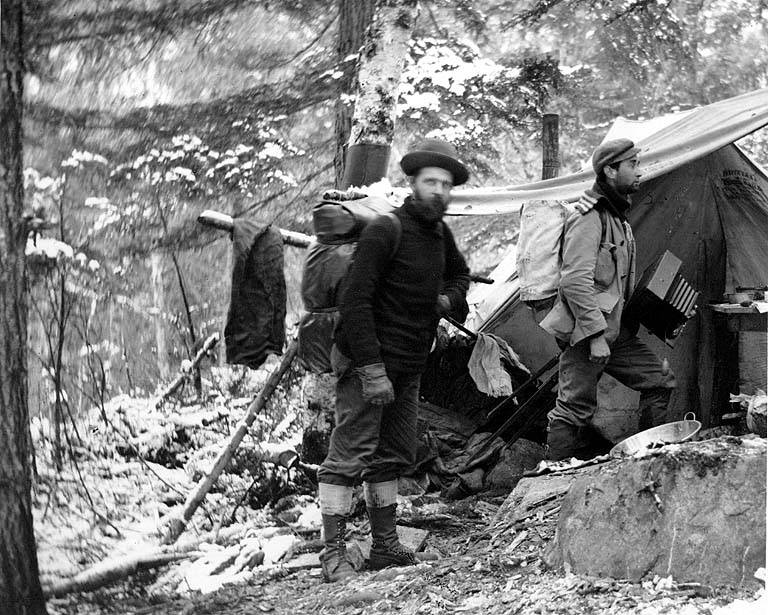
The $25,000 grant came from the Pendleton and Elisabeth Carey Miller Charitable Foundation but The Washington State Historical Society estimates it will need a further $75,000 to complete the project. A donation can be made here.
